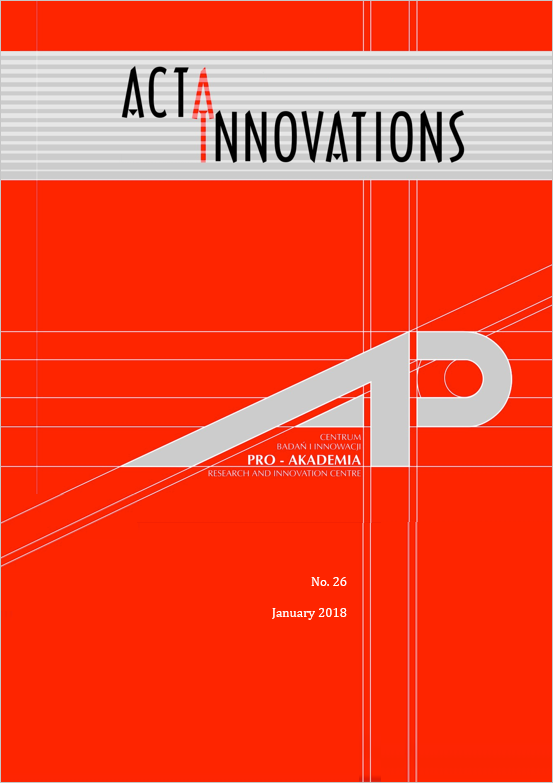METHODS FOR REGENERATION AND STORAGE OF CERAMIC MEMBRANES
METHODS FOR REGENERATION AND STORAGE OF CERAMIC MEMBRANES
Author(s): Aleksandra ZielińskaSubject(s): Energy and Environmental Studies, Environmental Geography
Published by: Centrum Badań i Innowacji Pro-Akademia
Keywords: ceramic membranes; fouling;membranes regeneration
Summary/Abstract: Ceramic membranes are among one of the most promising candidates for membrane applications, owing to their excellent resistance to mechanical, chemical, and thermal stresses. These advantages make them an attractive filter material. An additional benefit which is extremely important for the industry, is their possibility of continuous operation at high efficiency while maintaining constant transmembrane pressure. Due to the inorganic material from which they are made, ceramic membranes have the possibility of being cleaned by steam sterilization and are resistant to micro-organisms. Although, due to low production costs, ceramic membranes are one of the most cost-effective membrane filtration technologies they are prone to substantial fouling. When used, a layer of contaminants is formed on the active surface, often reducing or completely filling the membrane pores resulting in fouling and concentration polarization. These phenomena cause a decreased efficiency of the process, which leads to the need for the membrane to be replaced with a new one.However, ceramic membranes have the possibility of being regenerated through a series of activities and the use of various chemical agents. The use of regenerated membranes would provide the opportunity to reduce exploitation costs. Although membrane regeneration does not guarantee a return to the initial parameters, it does allow for the recovery of high permeation flow. The aim of the research was to compare operating parameters of the ceramic membranes after multiple use and longtime storage with different condition of storage.
Journal: Acta Innovations
- Issue Year: 2018
- Issue No: 28
- Page Range: 72-81
- Page Count: 10
- Language: English

